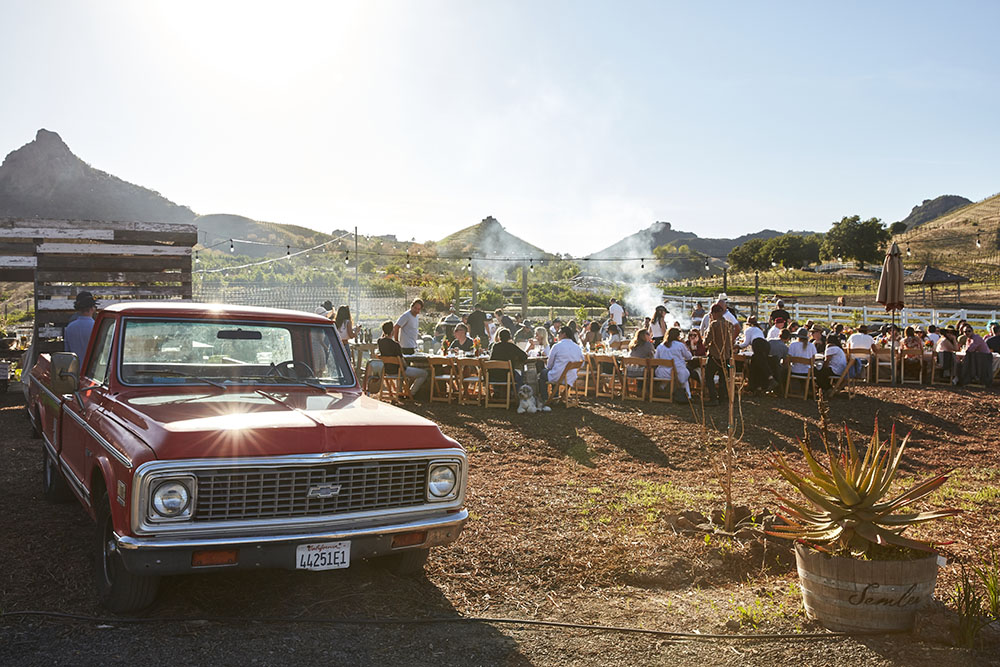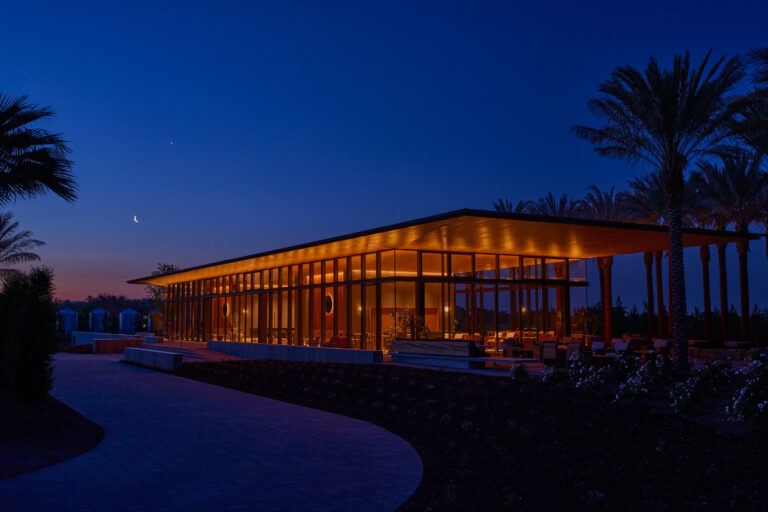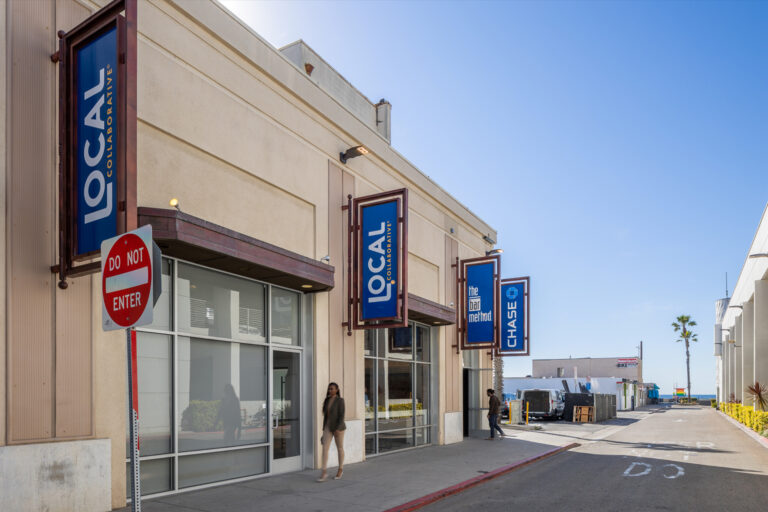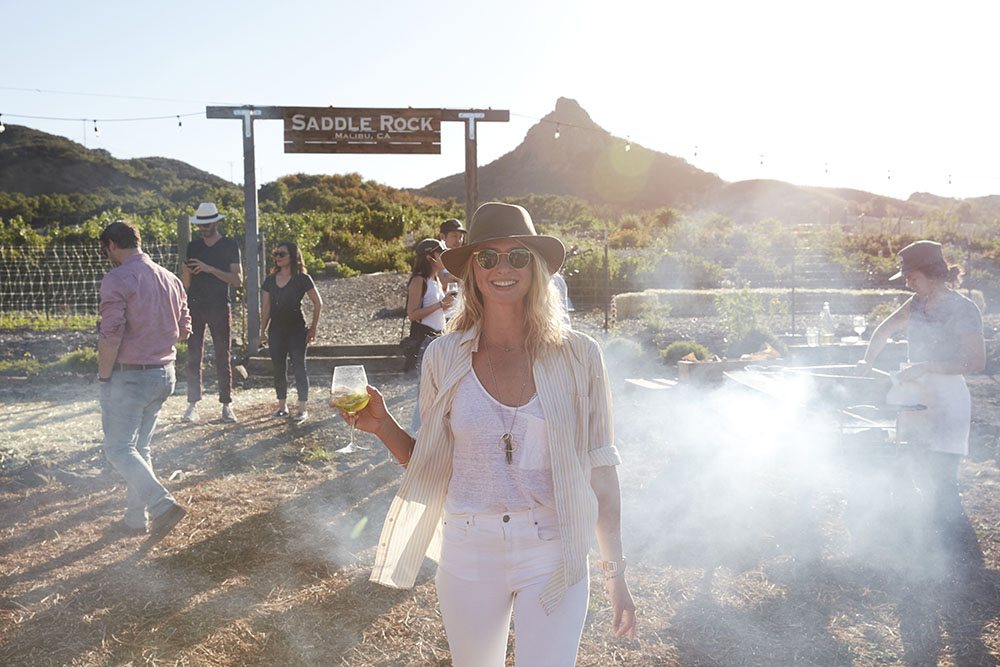
At a Family-owned Ranch in Malibu, Saddlerock Gardens Hosts Its Outdoor Dinner Series in Rustic, Homegrown Style
Like most fathers, Ronald Semler is crazy for his kids, all nine of them. He’s from Burbank but would think about ranching. So, in 1978, when his oldest daughter wanted to ride horses, he went out and bought some land—300 acres at first, then 700 more by purchasing adjacent parcels that now comprise Saddlerock Ranch.
Cradled in the Santa Monica Mountains, Saddlerock Ranch operates in agriculture, horse boarding, events, and tourism/hospitality; in the latter category is Saddlerock Gardens. Relatively new to the Ranch—at least compared to the ancient Chumash Indian cave paintings that still exist there—Saddlerock Gardens was founded by Shane Semler. The first giveaway that Shane is Ronald Semler’s son is his clear mind for business—he’s an idea man. But also down to earth, interested in sustainability and as patient as he is enterprising.

“We all have our passion projects within the ranch,” says Shane Semler. “Mine is the garden. I always thought I’d do something in business like my dad, but I think the gardening came from my mom. She had her own little garden on the property, behind the main house, and I would always help her. At one point I thought, we’ve got do this bigger.”
To cultivate the garden in the way he envisioned, progressively and ethically, Shane Semler brought on Ryland Lancaster, an expert in organic growing, to manage the garden, and his childhood friend, Eli Lichter-Marck, a beekeeper and architect, to design it on an unused patch of pastureland at the edge of a manmade lake.
Adhering to the principles of agroecology and permaculture, the garden is a work in progress, with its soil still a few years from ideal.
“Ryland’s technique is to do he calls intensive vegetable gardening, and basically all that means is manual labor,” Shane Semler says, laughing.

“We plant things very close together, and use beneficial plants; we put beans along corn so that the corn can grow up the beanstocks and we don’t have to put in wood posts. Other plants add nitrogen. It’s the most sustainable type of farming you’ll find, and that’s what we want to do.”
There’s a high cost to running such an operation, but, being the idea man, Shane Semler developed supportive revenue streams including a community CSA program, selling produce wholesale to local restaurants and starting the garden’s new Summer Dinner Series, which launched in March with two dinners a month. Dinners are casual, communal, and generally loose, with an easy, rural-chic feel.
Guests can grab a glass of wine, saunter into rows of corn, listen to music and watch the entire scene unfold right there. The indoor/outdoor kitchen is mostly bare bones—just shelf space and a sink—but it suits the come-as-you-are quality. Wood that is burnt down to the coals then used as charcoal helps in the preparation of what is a five-course meal featuring ingredients from the garden and served with Saddlerock wine.
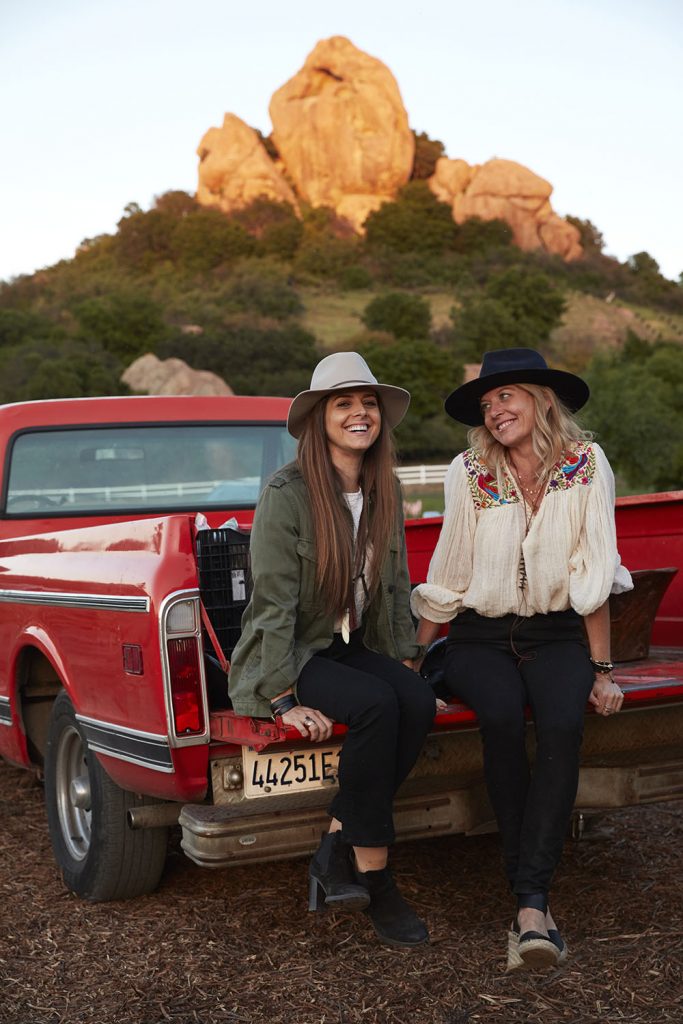
“I’ve learned so much about simplicity of doing things,” says Shane Semler. “It’s easy to overdo stuff. Sometimes all you really need is just a good piece of produce, throw a little something with it, and it’s that much more amazing.”
Vegan chef Alina Harden will helm the next dinner, set for August 5. Expect fresh, cool summer cooking, and a full table. Like Saddlerock Gardens itself, the series has grown organically, entirely by word of mouth. A true grassroots movement.
Saddlerock Gardens | SaddlerockGardens.org
